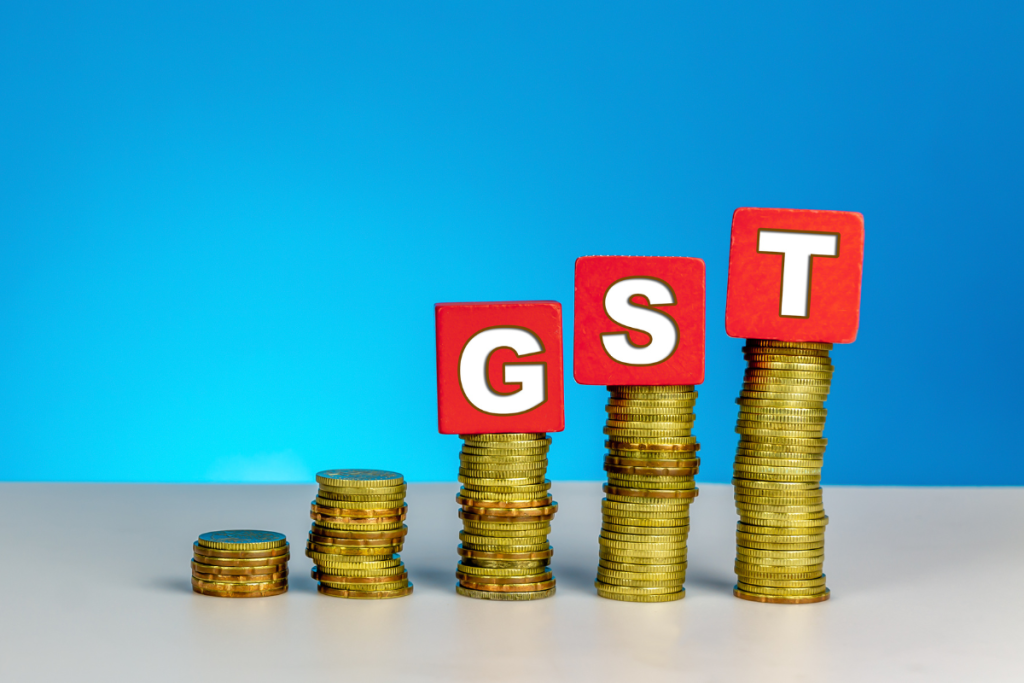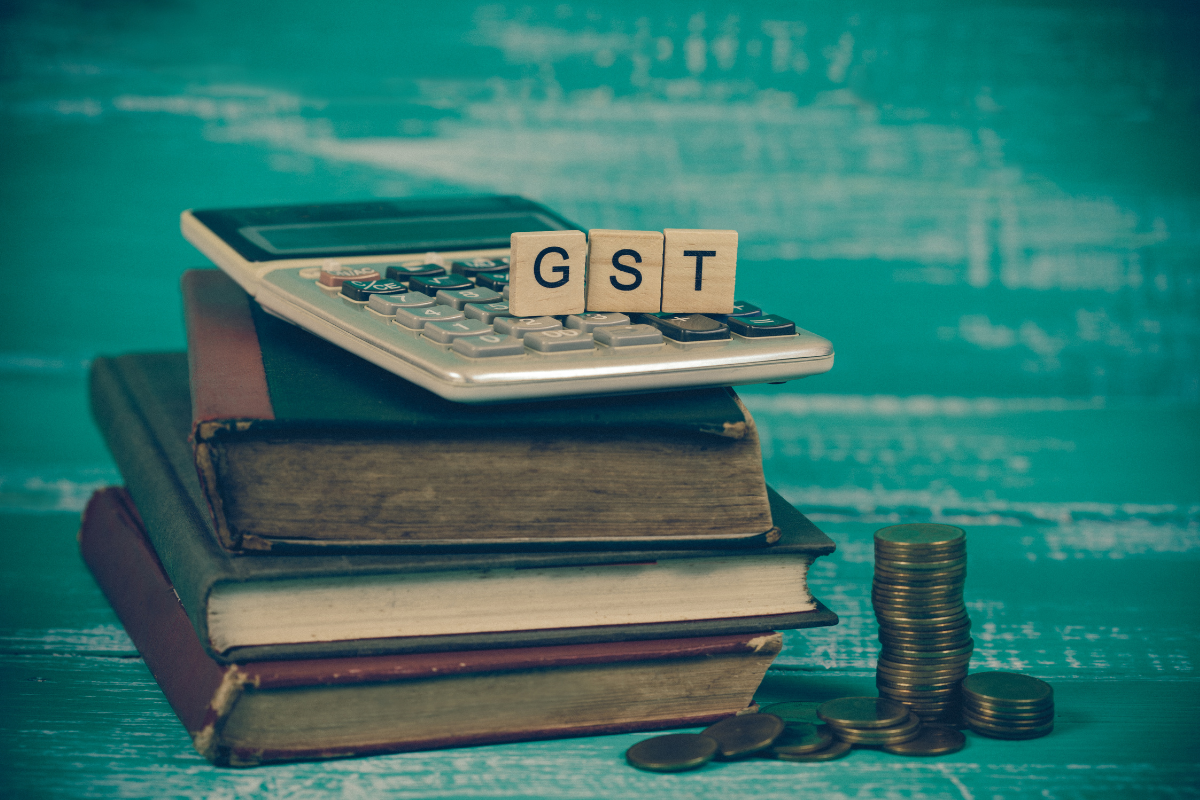In an era of rising living costs, economic uncertainty, and inflationary pressures, ensuring that the most vulnerable members of society are adequately supported has become a core responsibility of modern governments. In Singapore, the Government has proactively instituted a robust mechanism to buffer the impact of such pressures—especially amid the gradual increase in the Goods and Services Tax (GST). At the heart of this support structure lies the GST Voucher (GSTV) Scheme, a permanent and evolving initiative designed to provide targeted financial assistance to lower- and middle-income Singaporeans.
This article explores the origins, structure, and recent developments in the GSTV Scheme, examines how it is evolving alongside GST rate hikes, and considers its implications on social equity and economic stability in Singapore.
Understanding GST and Why It’s Increasing
Before delving into the GST Voucher Scheme, it is important to understand the rationale behind the GST itself. Introduced in 1994, Singapore’s GST is a broad-based consumption tax levied on most goods and services. It plays a pivotal role in financing national expenditures, including healthcare, education, and infrastructure.
Over time, as Singapore’s population ages and the demand for social services increases, the Government has found it necessary to raise additional revenue. Consequently, the GST was increased from 7% to 8% on 1 January 2023, and is set to rise to 9% on 1 January 2024. While this move strengthens the country’s fiscal sustainability, it does carry the risk of disproportionately affecting lower-income households, who tend to spend a larger share of their income on consumption.
Origins and Objectives of the GST Voucher Scheme
To offset the regressive nature of GST increases and ensure fairness, the Government introduced the GST Voucher Scheme in Budget 2012 as a permanent initiative. Its core purpose is twofold:
- To cushion the impact of GST on lower- and middle-income households.
- To strengthen the overall progressivity of the tax system.
In essence, the GSTV Scheme embodies a fiscal transfer mechanism: while consumption taxes are collected uniformly, the resulting revenues are redistributed to those who need it most through targeted cash payouts, subsidies, and top-ups.
Key Components of the GST Voucher Scheme
The GSTV Scheme comprises four main components:
1. GSTV – Cash
This is a direct annual cash payout disbursed to eligible Singaporeans to help them manage their daily expenses. To qualify, recipients must:
- Be aged 21 and above
- Have an annual assessable income of not more than $34,000
- Live in a property with an annual value not exceeding $21,000
- Not own more than one property
As of 2024, lower-income individuals can receive up to $700 in cash annually, with middle-income groups receiving a smaller amount.
2. GSTV – MediSave
This component addresses healthcare affordability by providing top-ups to the MediSave accounts of eligible Singaporeans aged 65 and above. The amount ranges from $150 to $450 annually, depending on age and housing type. It ensures that the elderly have sufficient funds for hospitalisation and other medical needs.
3. GSTV – U-Save
Designed to help HDB households offset their utility bills, the U-Save rebates are disbursed quarterly. The quantum depends on the size of the flat, with larger rebates going to smaller HDB households, acknowledging their relatively lower income levels. A 1- or 2-room flat household could receive up to $760 in U-Save rebates annually as of 2024.
4. GSTV – S&CC Rebate
This rebate supports households with the cost of Service and Conservancy Charges (S&CC). Depending on flat type, eligible HDB households receive between 1.5 to 4 months’ worth of rebates annually. It is typically distributed across the year in quarterly tranches.
Enhancements in Light of the GST Hike
Recognising that the GST increase in 2023 and 2024 could place an added burden on households, the Singapore Government rolled out a comprehensive $6.6 billion Assurance Package (AP) to supplement the GSTV Scheme. The key features of this package include:
- Additional Cash Payouts: Eligible adults received up to $700 in 2023, and will receive up to $850 in 2024, in the form of AP Cash payouts.
- MediSave Top-Ups: Seniors received an additional $450 in AP MediSave.
- Enhanced U-Save Rebates: AP U-Save rebates were layered on top of existing ones, increasing utility bill relief.
- CDC Vouchers: Households received $300 to $500 in Community Development Council (CDC) Vouchers to be used at participating heartland merchants and supermarkets, injecting cash support while also bolstering small businesses.
This Assurance Package acts as a bridge—gradually phasing in the GST hike while shielding households from immediate cost-of-living shocks.
Impact on Social Equity and Progressivity
Singapore’s tax system is widely acknowledged for its efficiency and progressivity. Despite a flat GST rate, the overall structure—including the GSTV Scheme—ensures that lower-income households effectively pay little or even negative net tax when fiscal transfers are taken into account.
According to Ministry of Finance estimates:
- The bottom 20% of households receive about $4 in benefits for every $1 of GST paid.
- The middle 20% receive about $2 in benefits for every $1 of GST paid.
This model highlights the distributive effect of the GSTV Scheme. It is not merely compensatory—it helps uplift and empower.
Digitalisation and Accessibility
To enhance efficiency and outreach, the GSTV Scheme has embraced digitalisation:
- Singpass integration allows easy application and status checks.
- PayNow-GIRO linking ensures faster, direct disbursement of cash payouts to recipients’ bank accounts.
- SMS and digital notifications alert recipients to upcoming payouts, reducing reliance on physical mail.
The Government has also taken care to retain accessibility for seniors and the digitally less-savvy by offering in-person assistance at Community Centres and through help lines.
Public Perception and Trust
Generally, public perception of the GSTV Scheme is positive, particularly among older and lower-income Singaporeans. However, as the cost of living continues to rise, some concerns remain:
- Are payouts sufficient to match inflation?
- Do eligibility thresholds exclude some ‘sandwiched’ households?
- Is the scheme sustainable over the long term as Singapore’s demographic shifts?
The Government has repeatedly assured the public that it remains committed to enhancing the GSTV Scheme, both in quantum and scope, in tandem with future socio-economic developments.
Looking Ahead: The Future of the GSTV Scheme
As Singapore transitions into a more mature economy with increasing healthcare and social spending needs, fiscal tools like the GSTV Scheme will become even more vital.
Some possibilities for future enhancements include:
- Automatic adjustments for inflation to preserve real value of payouts.
- Widening of eligibility to support ‘sandwiched’ middle-income groups.
- Greater personalisation using data analytics to tailor support based on household profiles.
- Integration with other schemes, such as the Workfare Income Supplement and Silver Support Scheme, for a more unified support experience.
Ultimately, the GST Voucher Scheme will continue to evolve as both a social safety net and an instrument for inclusive growth.
Conclusions

The GST Voucher (GSTV) Scheme stands as a cornerstone of Singapore’s fiscal and social policy landscape. In the face of GST increases, it reflects the Government’s deep commitment to fairness, equity, and social cohesion. By redistributing resources from consumption tax revenues to vulnerable citizens, the scheme ensures that economic progress is not only achieved, but shared.
With thoughtful enhancements, transparent governance, and robust fiscal planning, the GSTV Scheme is well-positioned to serve Singaporeans for decades to come—ensuring that no one is left behind as the nation advances.

